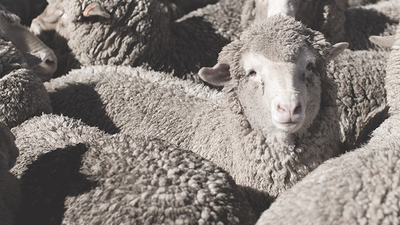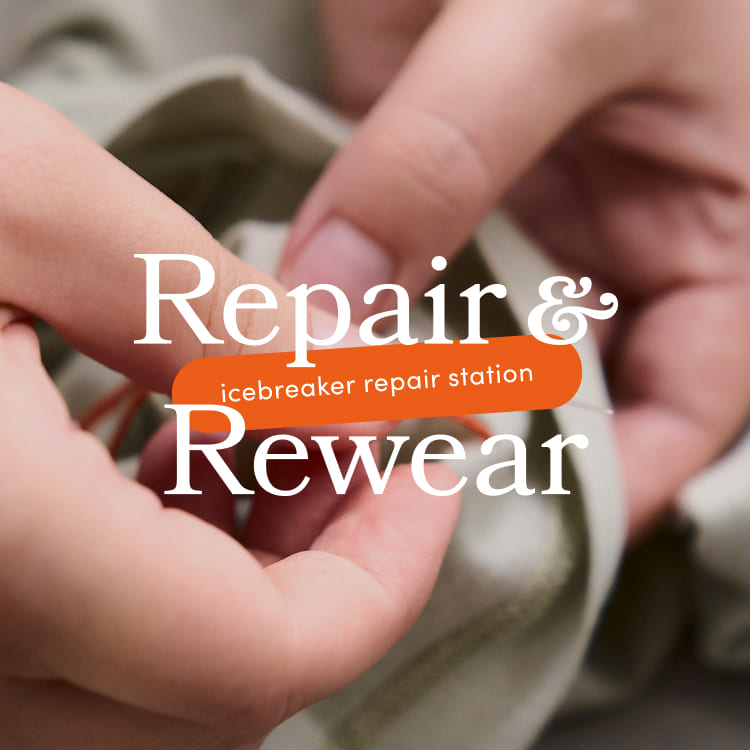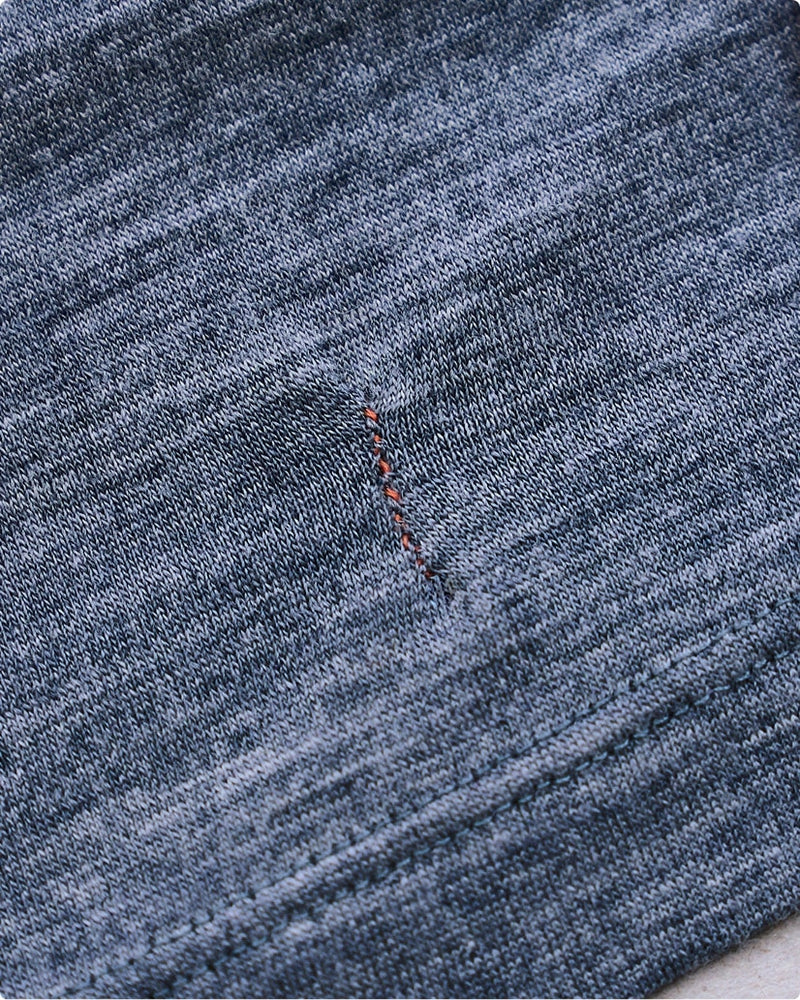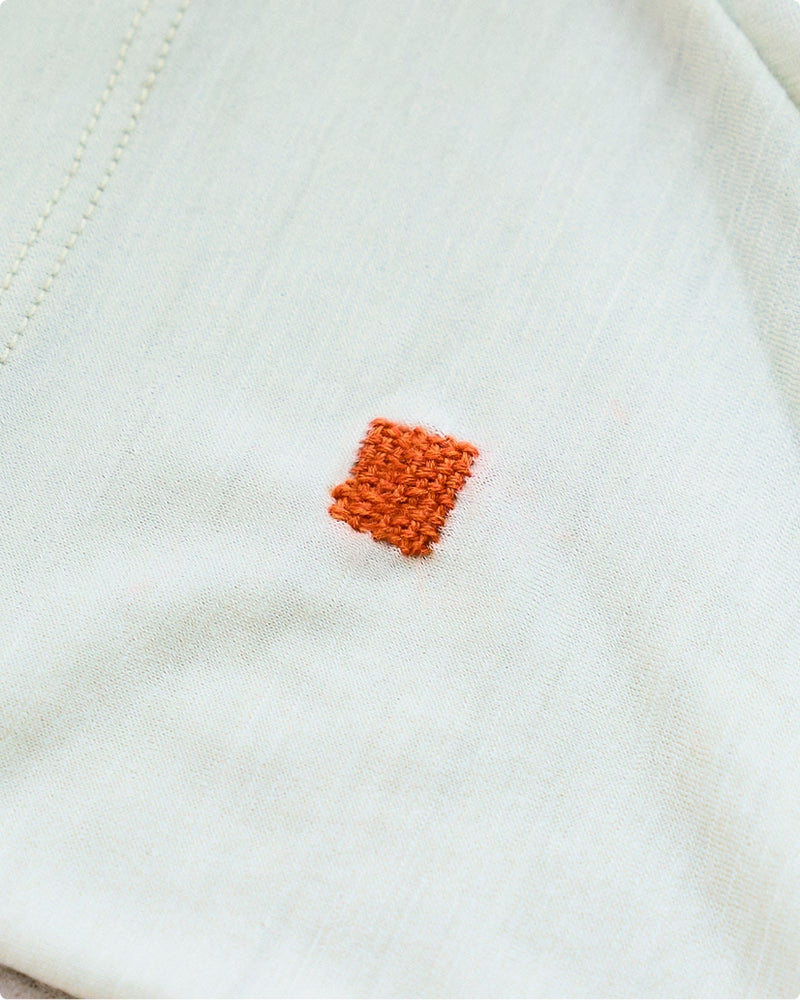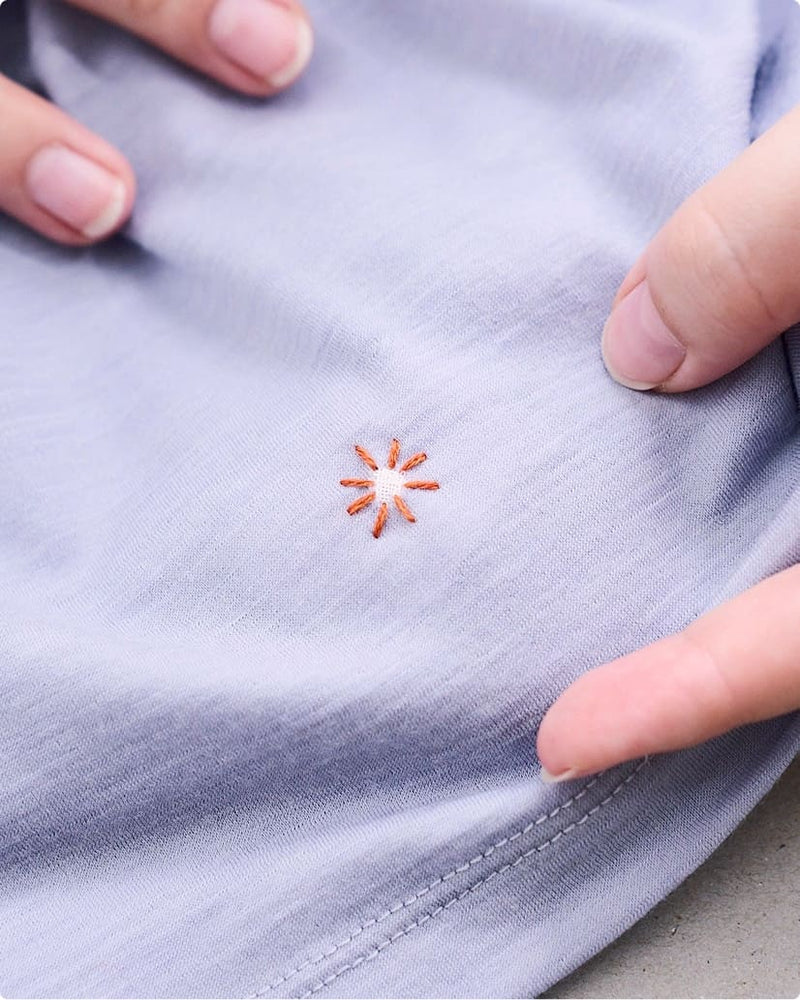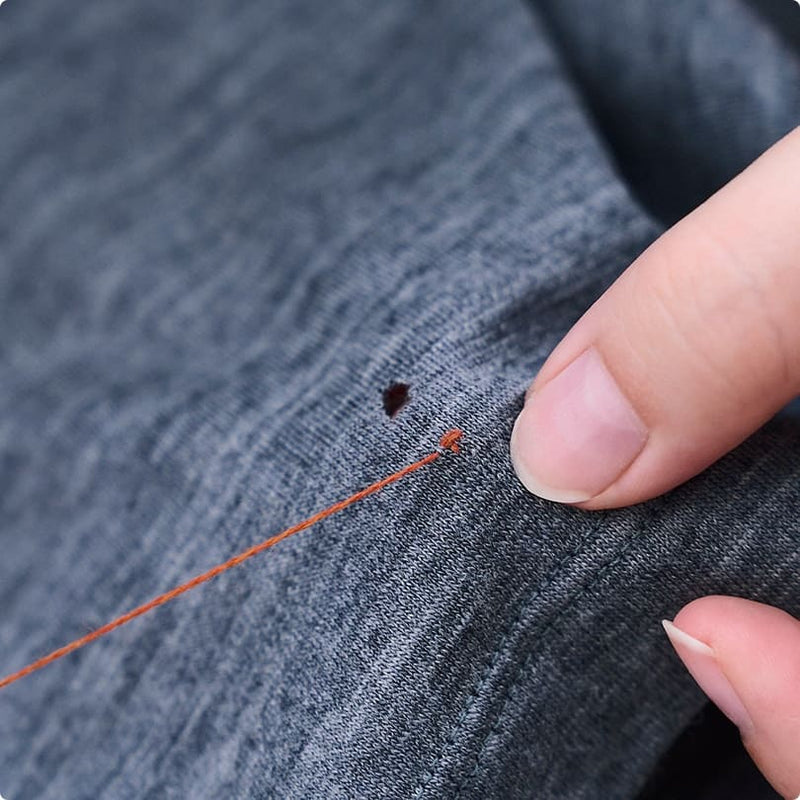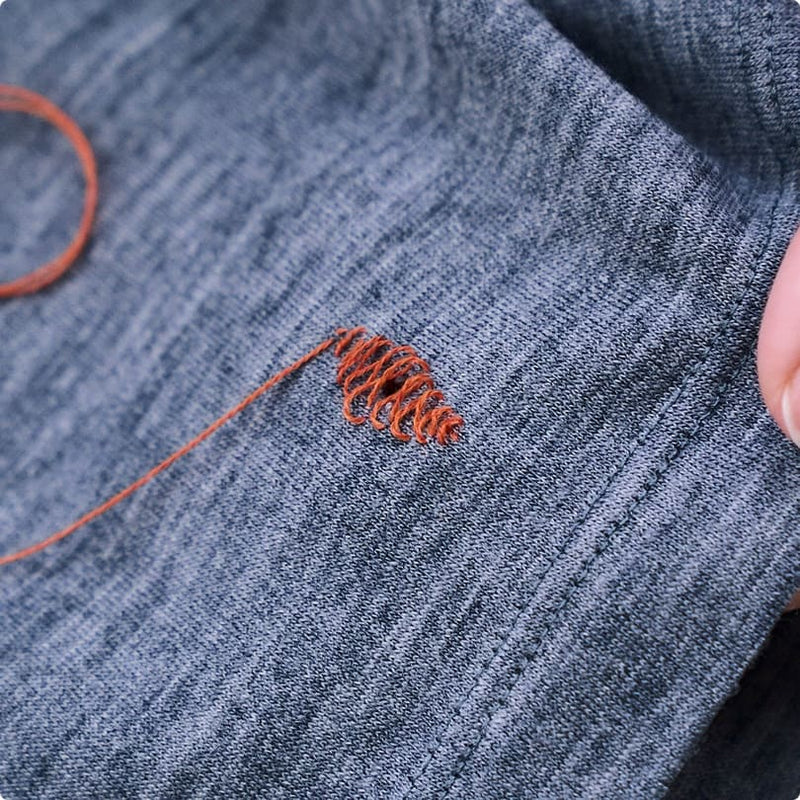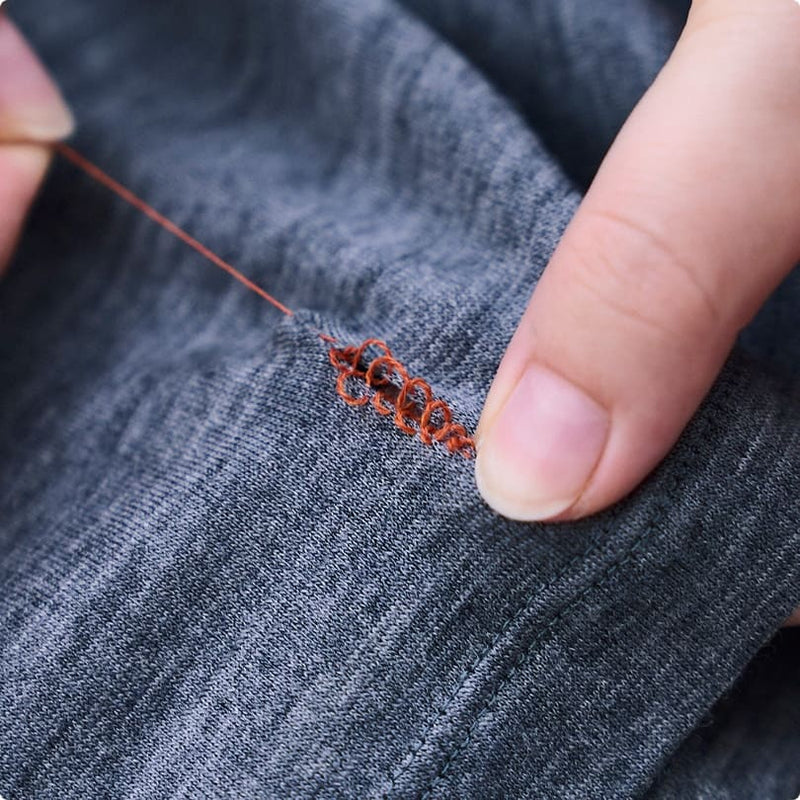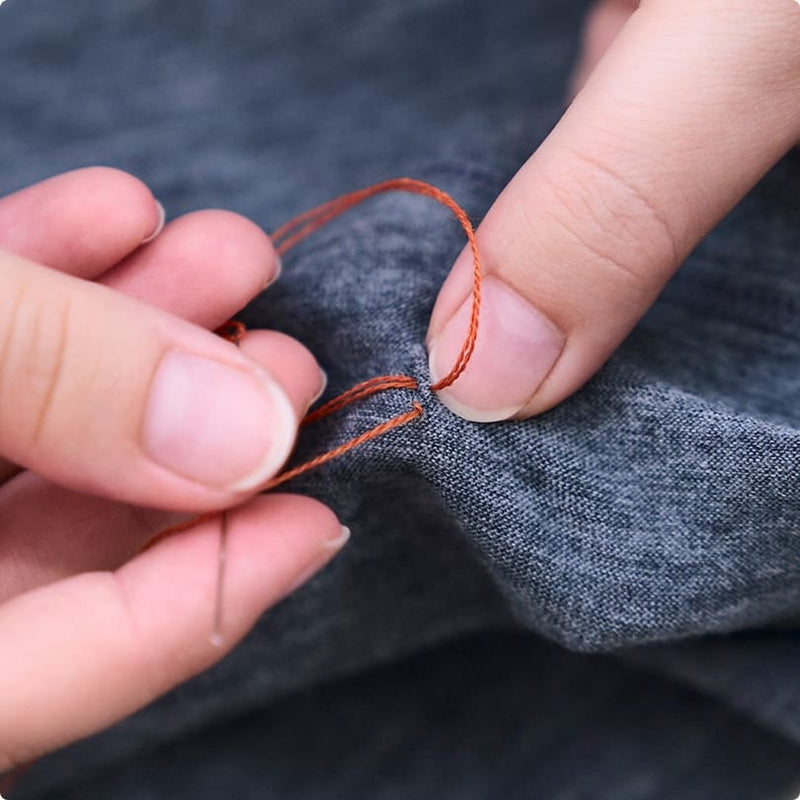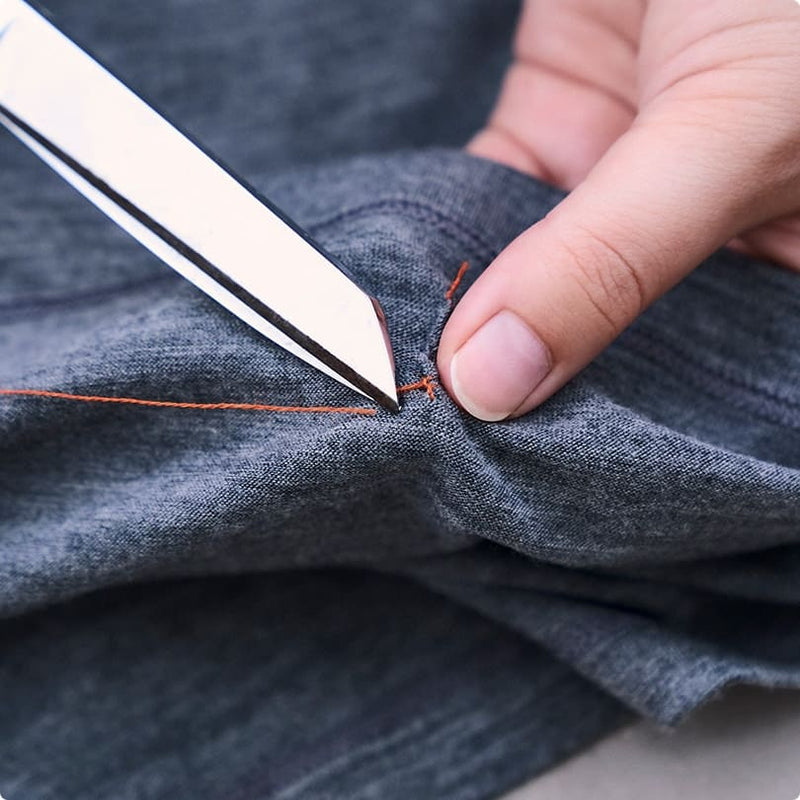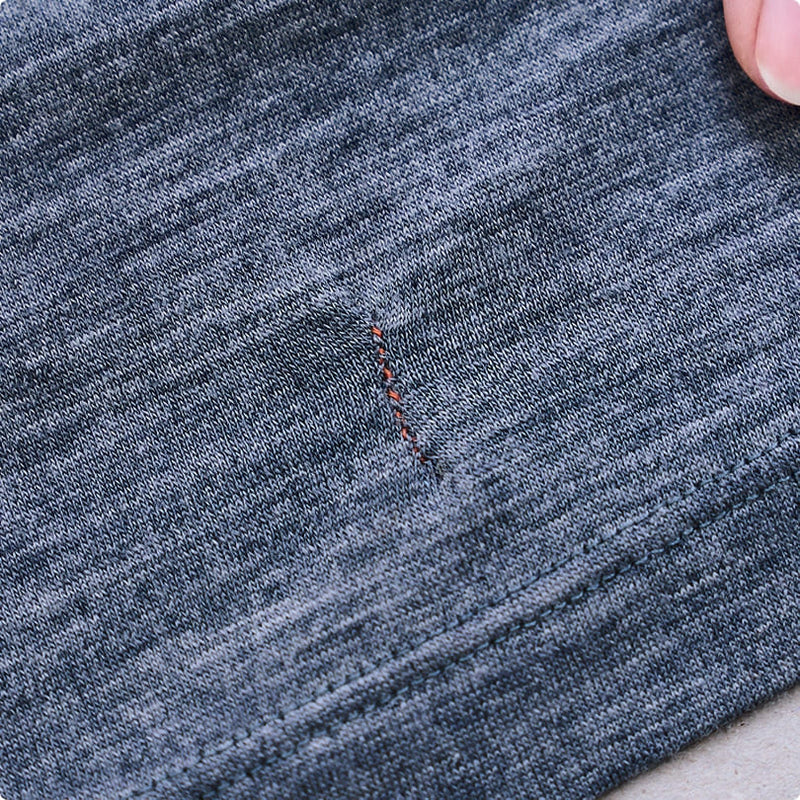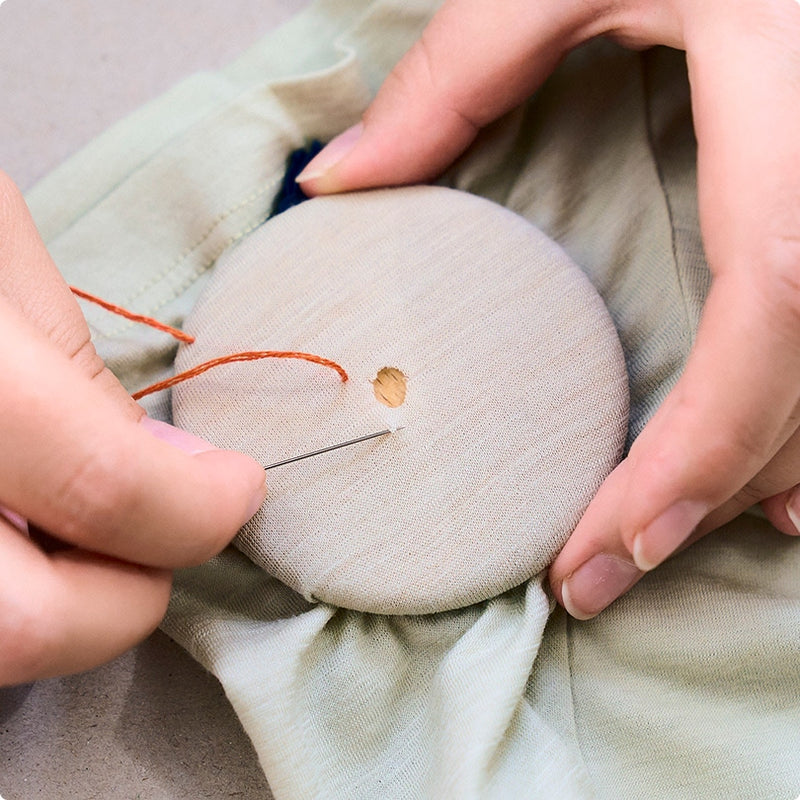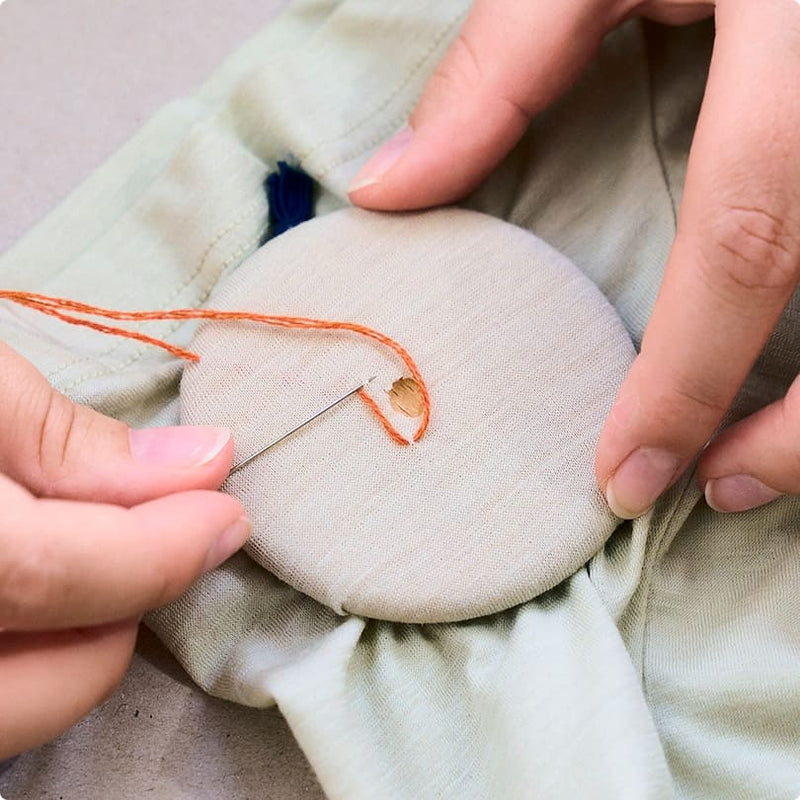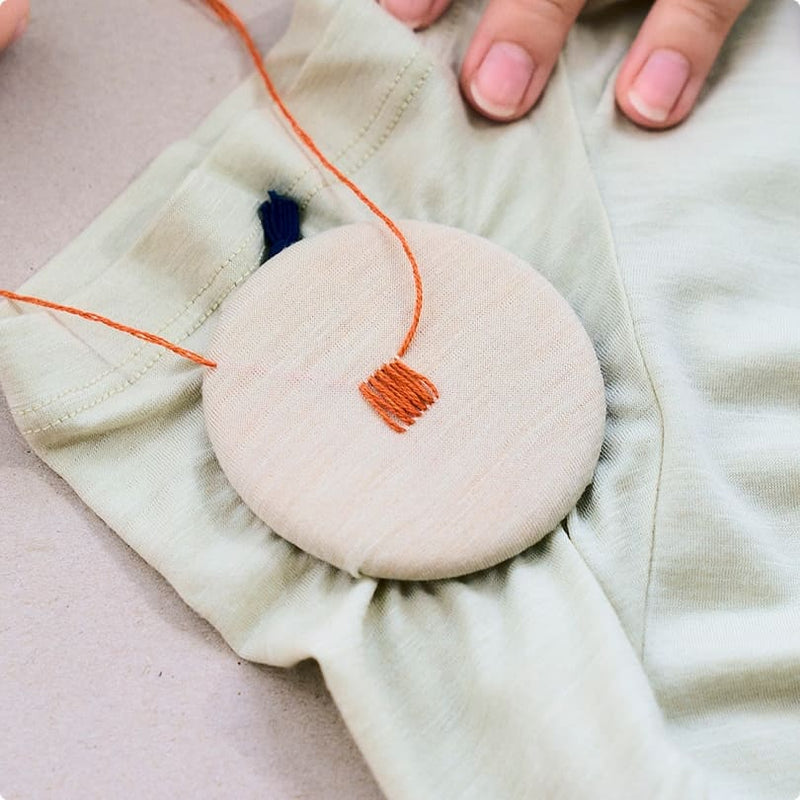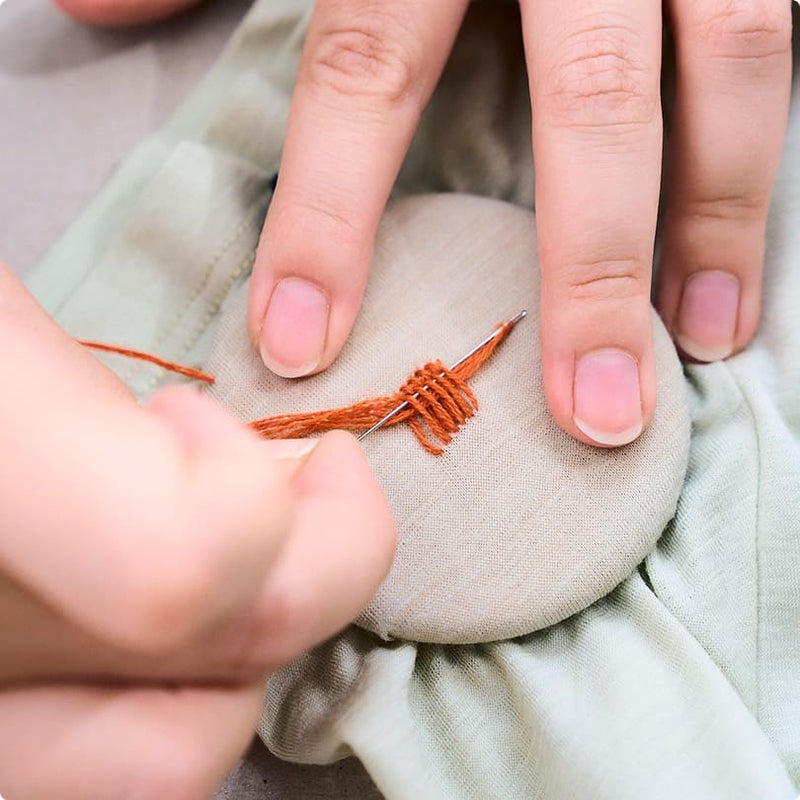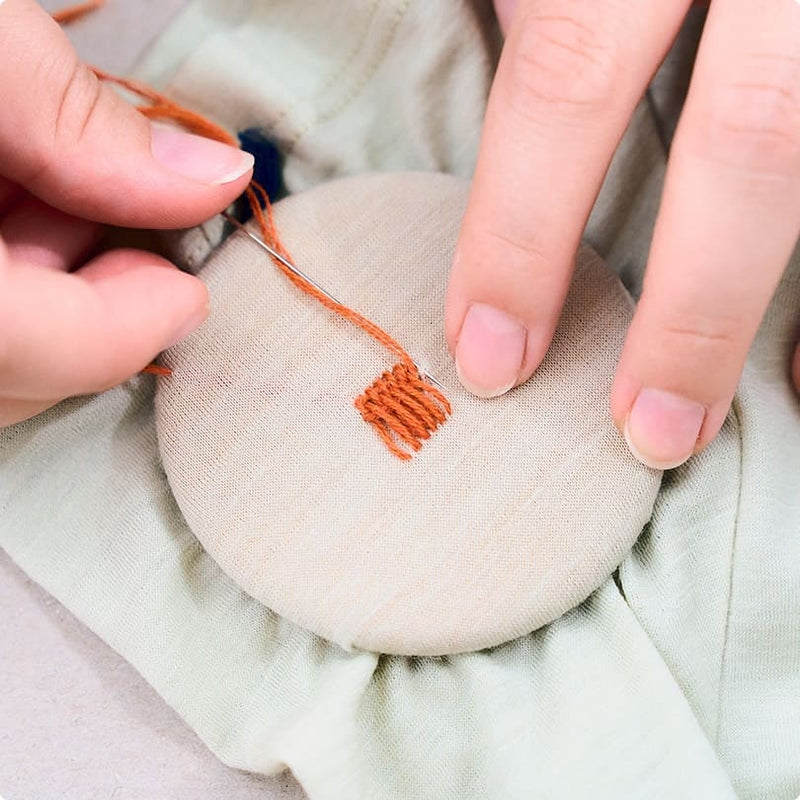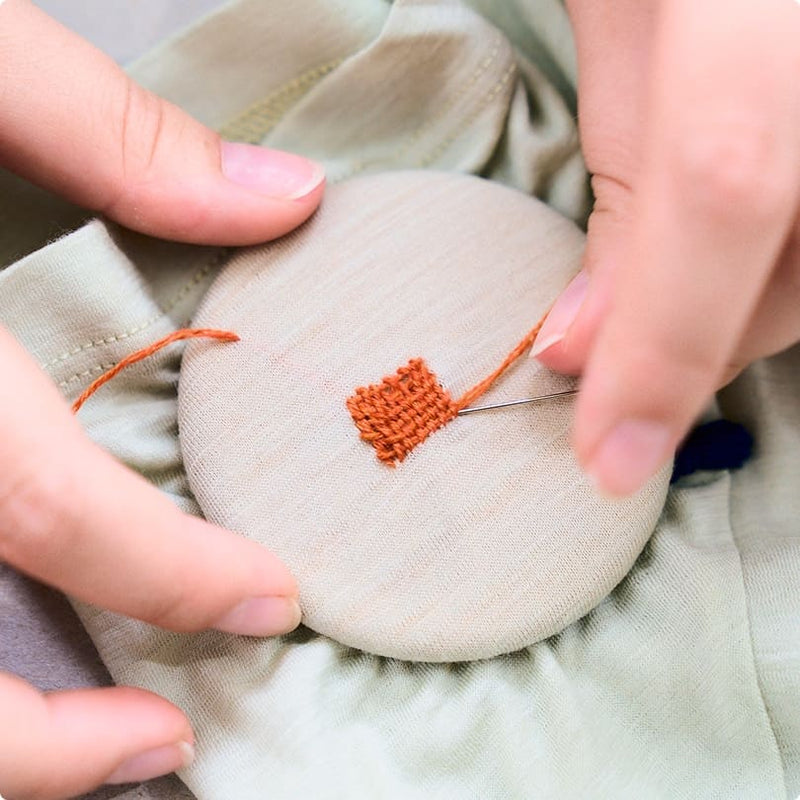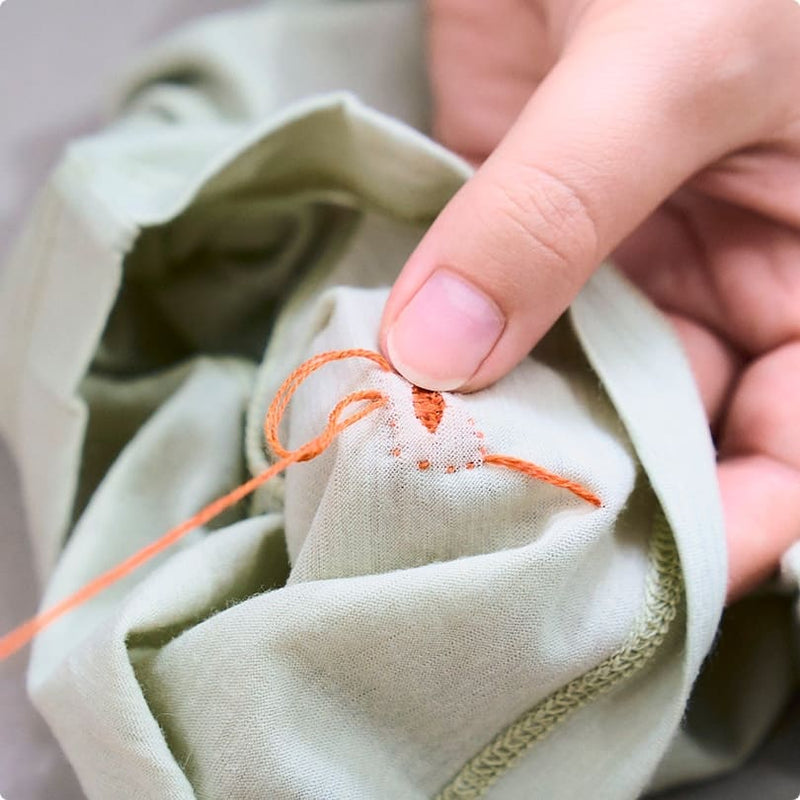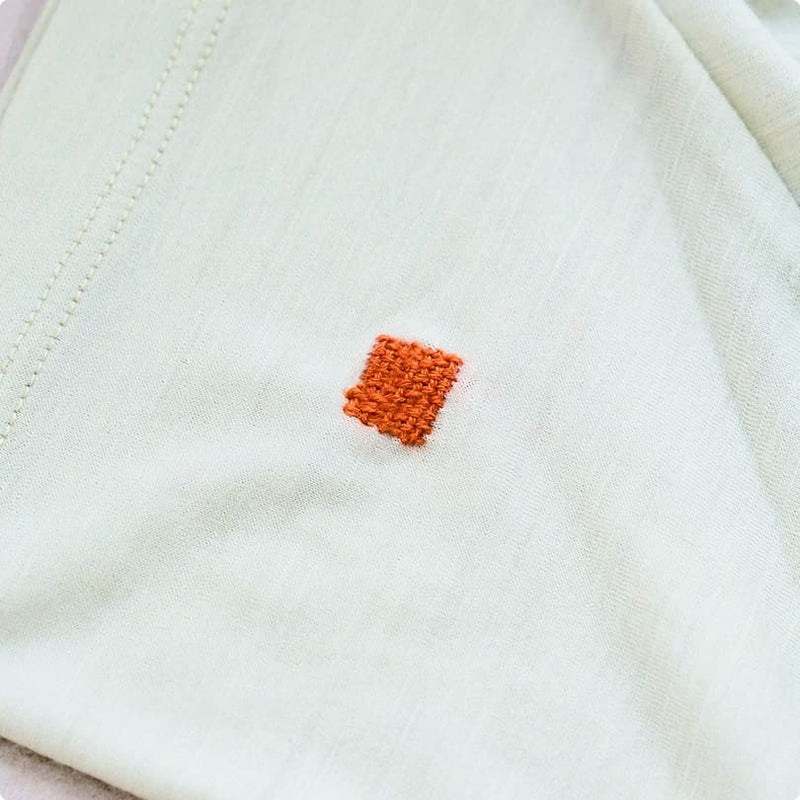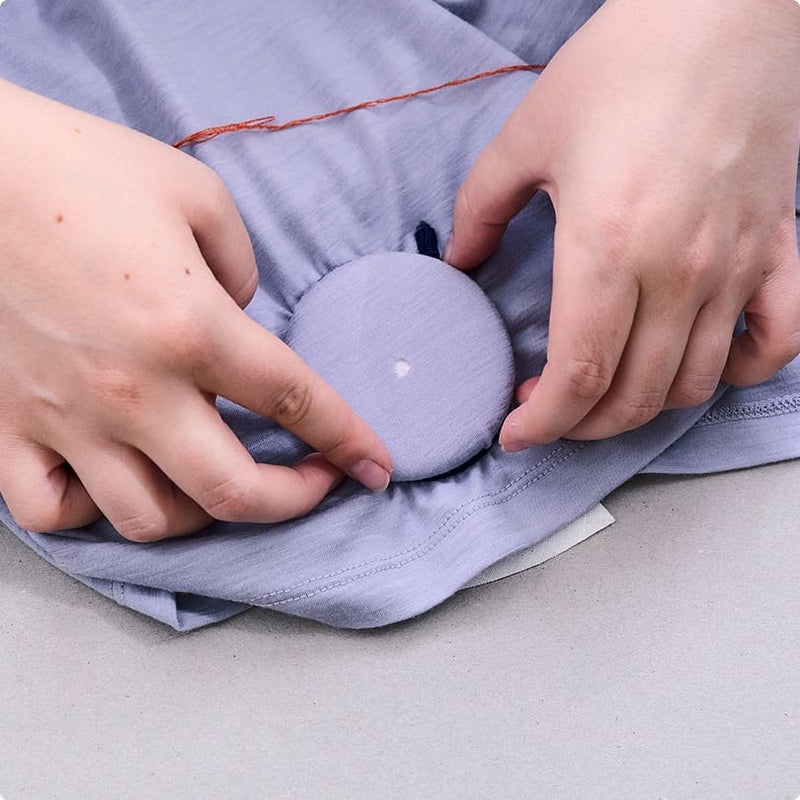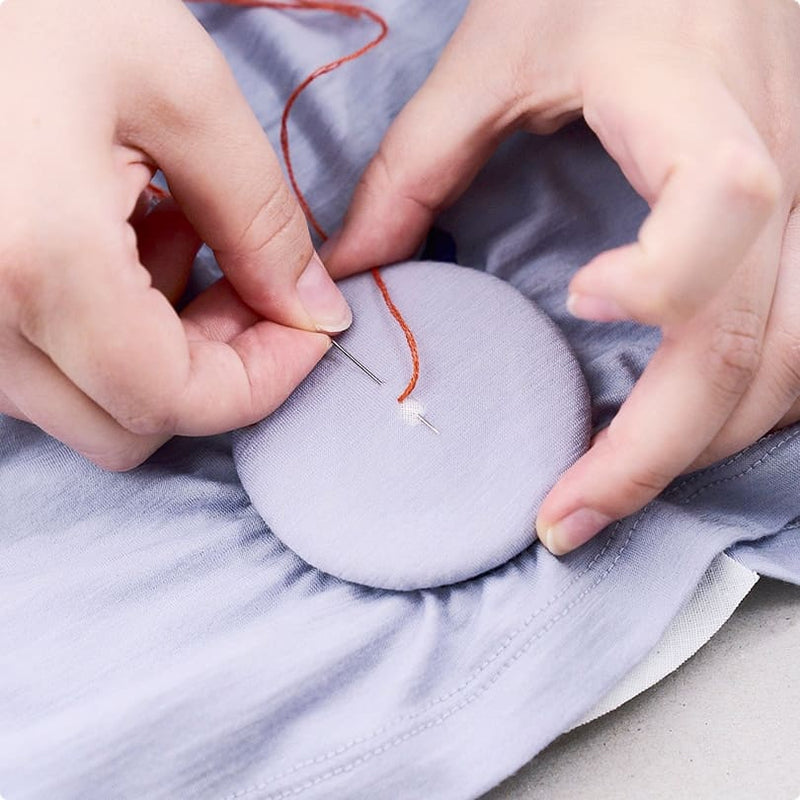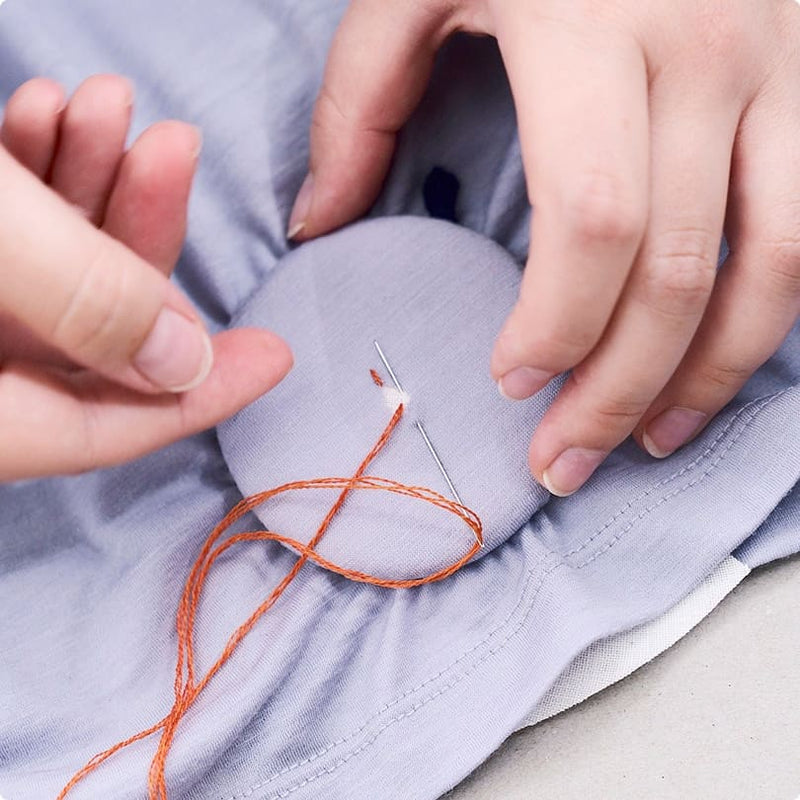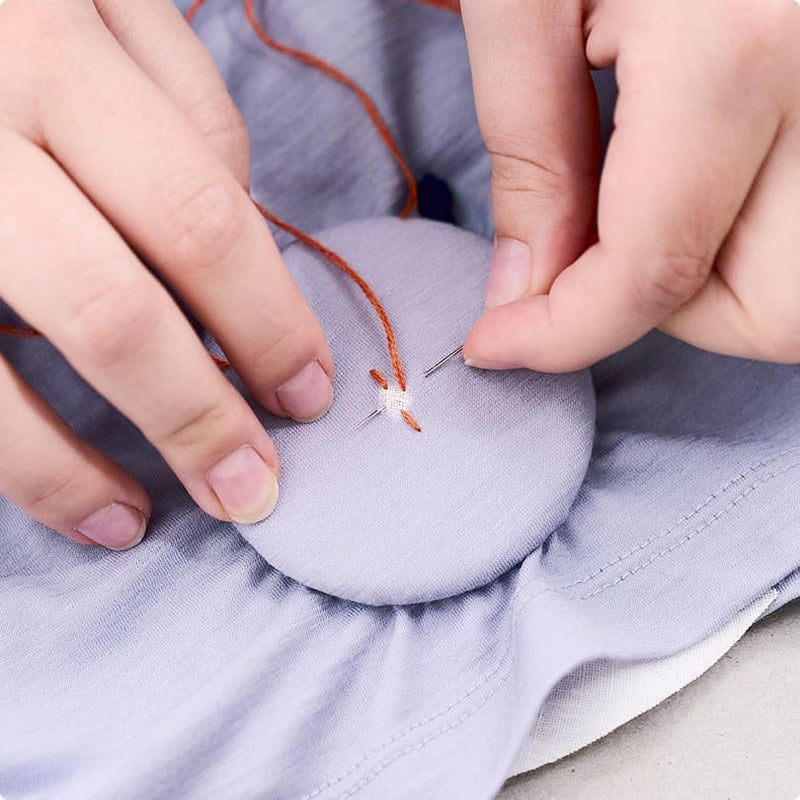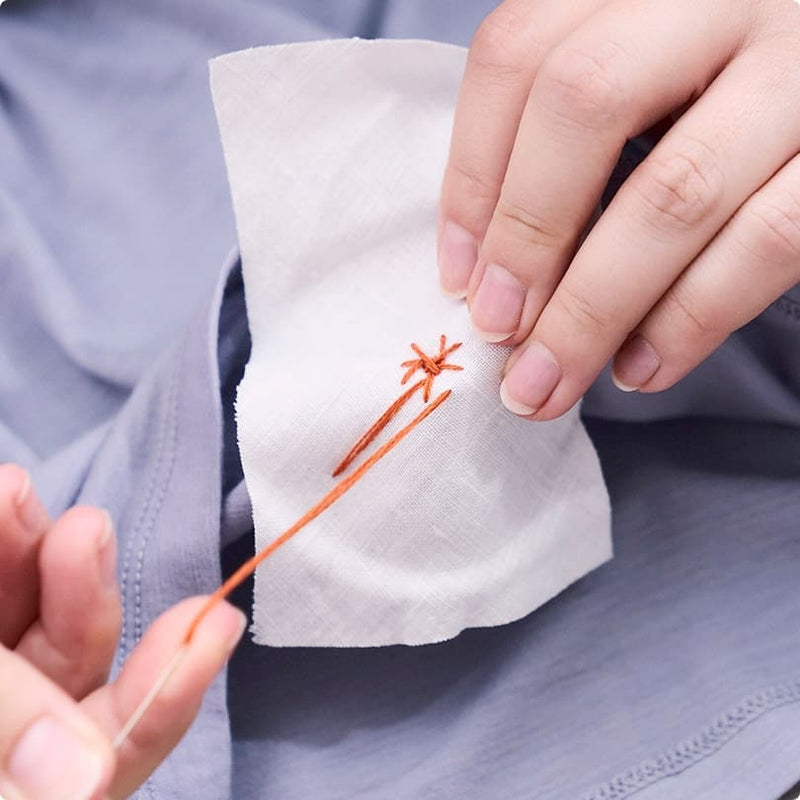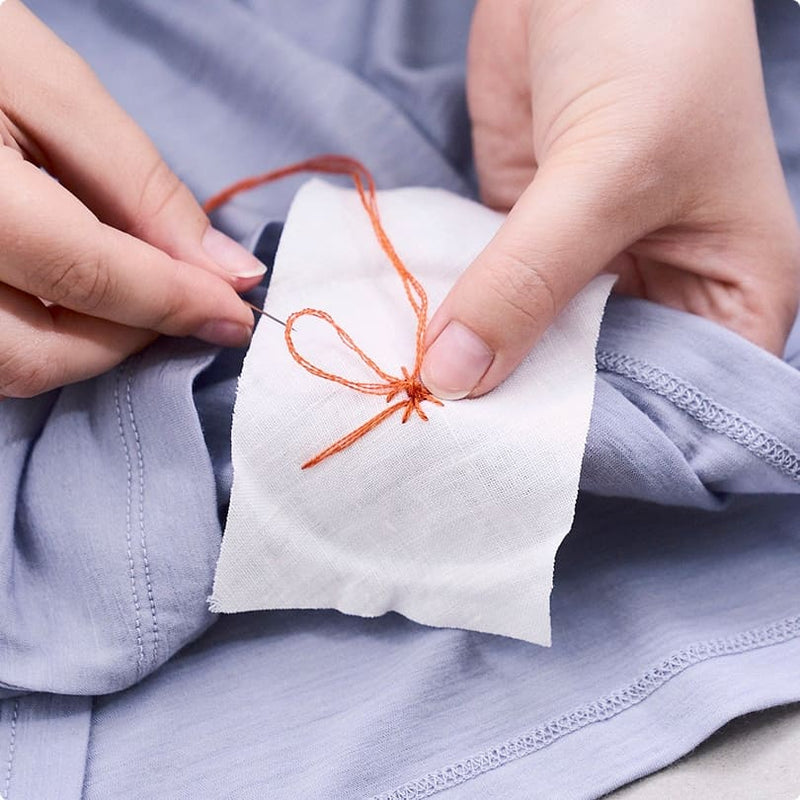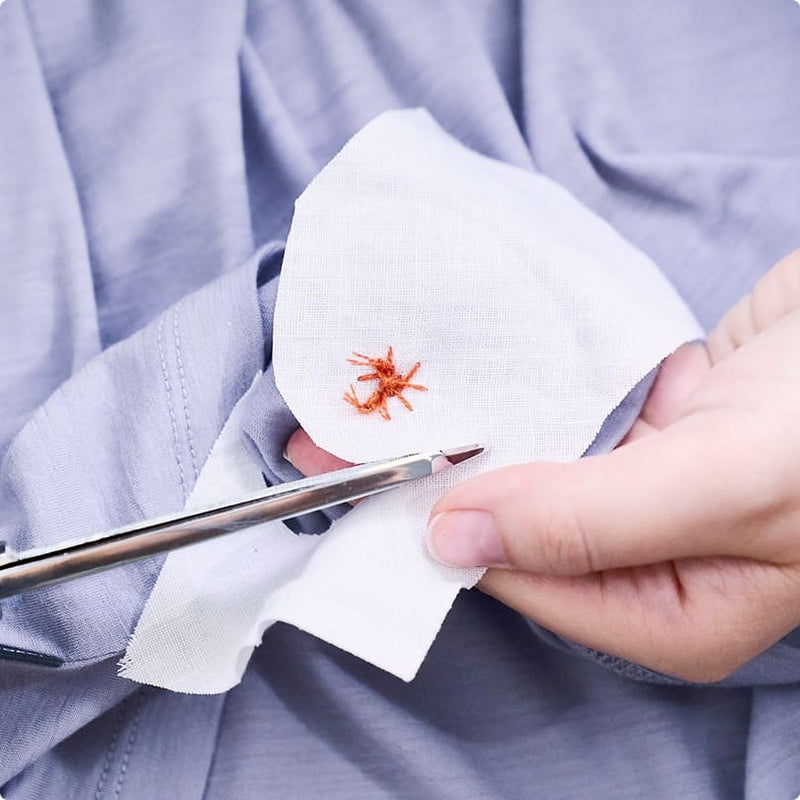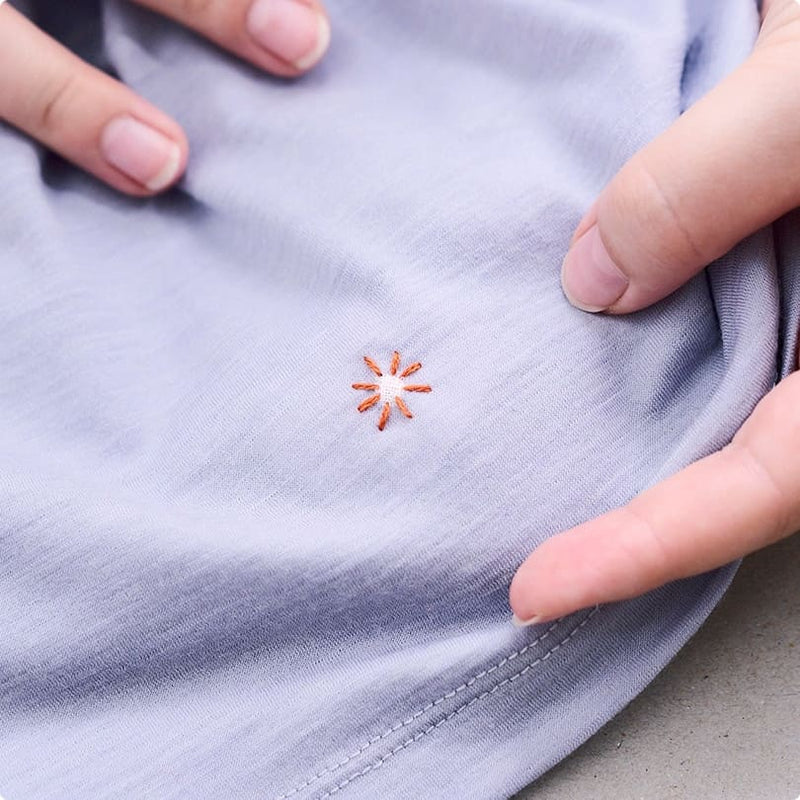▶ 300 MerinoFine™ Polar base layer
Shop MerinoFine™Repair & Re-wear
To repair is to be resilient—and good gear should go the distance. This series shows you how to give your merino wool a longer life. All you need is a needle, some thread, and a few minutes.
Stitch repair
Merino wool is built for the wild, but even the best fibres meet the occasional snag.
This stitch repair is a fast on-the-go fix, so you can quickly get back on the trail.
Difficulty level: 3/5
Repair time: 6 minutes
Tools needed: All you’ll need is a needle and thread, and some scissors. We’re using a vibrant thread to clearly show the stitches, but if you can match the thread to your garment, you're guaranteed a barely-there repair.
Square darning
Merino wool’s softness and performance make it a go-to layer season after season.
Over time, signs of wear may show in places—but square darning is a timeless way to reinforce what lasts.
Difficulty level: 5/5
Repair time: 15 minutes
Tools needed: We’re using a needle and thread, scissors and a darning disc. If you don’t have one, you can secure your fabric around a small dish with an elastic. For this repair, you don’t need to knot the end of the thread.
Patch repair
Over time, even merino wool shows signs of the journey. This creative patch repair transforms small scuffs into something unique... something inspired by the natural world.
Difficulty level: 4/5
Repair time: 10 minutes
Tools needed: We’re using a needle and thread, scissors and a darning disc. If you don’t have one, you can secure your fabric around a small dish with an elastic.
This repair also uses a small scrap of fabric. Choose a lightweight, woven fabric for a durable finish.
Why choose merino wool?
Soft, breathable, and naturally odor-resistant, merino wool is your go-to for comfort and performance.
Discover what makes it exceptional and how to care for it to keep it lasting longer.









